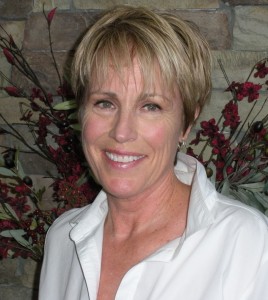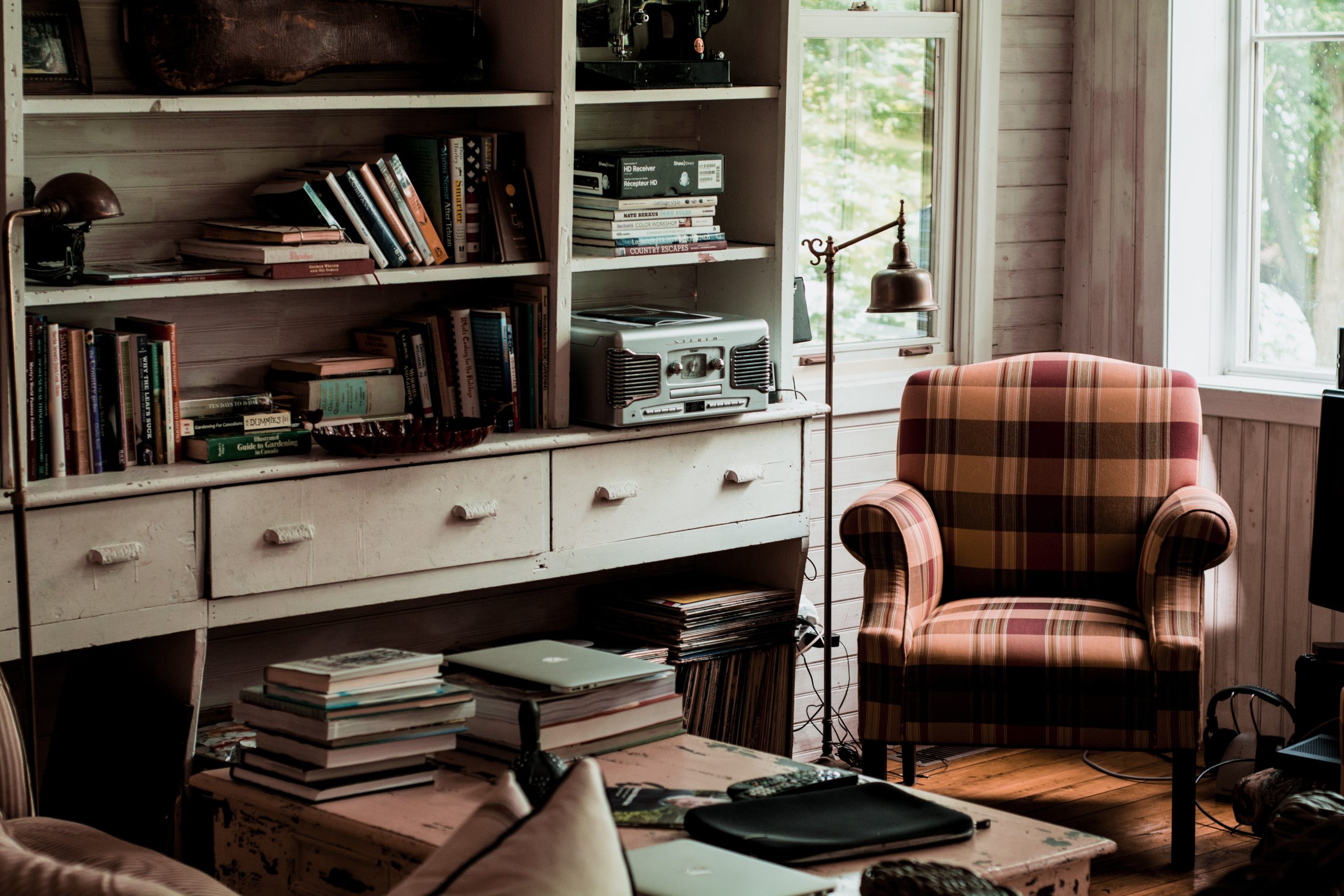When I wrote my version of “prairie wisdom” in 1999, publishing it as Where the Heart Resides: Timeless Wisdom of the American Prairie … I was certain the land I’d grown up with–the place, the people, the lifestyle–should be explored and preserved at the turn of the century. After all, Thoreau and Whitman told us long ago that companionship with nature, the mysterious, awe-inspiring out-of-doors, can stimulate a need to look inward. And the truth of their thinking had been my reality.
The prairie lands, along with an inquisitive nature to begin with, pushed me to consider the whys and wherefores of life within the context of my early surroundings. And throughout my life, whenever difficult questions emerge I find myself drawn to the prairie in a personal quest for answers, insight, and greater self-knowledge. It is there where I find room to breathe. ~DA Hickman
And during the course of this blog–via my SunnyRoomStudio search for kindred spirits–I met Lynne Spreen. Though she lives in California, her mother was from North Dakota, so Lynne had also acquired a special affection for the prairie — something often passed down, one generation to the next.
When I also learned she was working on a novel about a woman in Dakota, I decided to follow her blog. Like Lynne, I have gravitated toward authors who somehow “got” the mesmerizing power of the prairie landscape. My first favorite was probably the classic Giants in the Earth by O.E. Rolvaag. Then, while in college in Missouri (Stephens), I had the good fortune of taking a class in expository writing taught by William Least Heat Moon (Will Trogdon) who went on to write Blue Highways, PrairyErth (A Deep Map), River Horse. When the class ended in the mid-70’s, Heat Moon was planning his research route for the book that would become the bestseller known as Blue Highways.
But there have been many others since. Authors who seem to understand the power of place and people to inform our lives with something beyond logic and reason. Willa Cather. Annie Proulx. Kathleen Norris. Tamara Linse. Linda Hasselstrom. Thoreau, Whitman, William Cullen Bryant.
If there was a road I could not make it out in the faint starlight. There was nothing but land: not a country at all, but the material out of which countries are made. ~Willa Cather, My Antonia
The Laura Ingalls Wilder homestead is located in eastern South Dakota and how many of you loved her books as children?
I’m most happy to introduce my Studio Guest, because Lynne has just published her book on Amazon. The book she was working on when I met her became Dakota Blues — not only is its publication a small feat in and of itself, but author Spreen is keeping the prairie spirit alive, even as “progress” threatens to alter the North Dakota landscape. “Progress” is, of course, the story of our planet in a nutshell, but I also had wondered about its merits when writing about prairie wisdom way back when.
Even now, as I tell you about the marvels of the prairie, about its many charms, development plans threaten to encroach on the natural beauty of the native prairie; we cannot assume it will be with us indefinitely. Progress does take its toll — on all of us, on all parts of the globe. And so it is that in our efforts to make everything, including the prairie, conform to our endless demands and ongoing needs as a civilization, to our wishes, we may ultimately witness its demise. ~DA Hickman, Where the Heart Resides (’99)
While we all understand the inevitability of change, how it often feels like loss because it is, Lynne’s guest post is a poignant reminder of the impermanence of the places we love. In the swirl of life, it’s important to stand still, even if ever so briefly, to appreciate the ground under our feet.
- Please welcome Lynne to SunnyRoomStudio. It’s my pleasure to have her here!
Little Red Hen
by Lynne Spreen 
Thank you for inviting me to share this sunny space.
After my father’s funeral in Dickinson, North Dakota, I let my Mom and siblings out at the curb in front of Teddy Roosevelt Regional, then drove to the far end of the parking lot to drop the rental car. Dawn was still an hour away and the tiny airport had only a couple lights, so I stood in peaceful darkness, looking eastward toward my father’s grave in the village of Lefor. Lefor is essentially farmland, so small and sparse it’s considered a ghost town. Dad, who didn’t have any family until he married Mom, would now rest through eternity in the company of her extended family, some buried as early as 1860.
- In spite of that comfort, I felt that we were abandoning him.
As I looked toward the void without a single city light, I could detect the horizon only by the absence of stars. Black velvet below; sparkling black velvet above. Mom had told me about this, but I’d never seen it myself. A field of stars, right down to the ground. I felt blessed to have seen it, my last impression of my beloved Dakotas before returning to California.
- This is only one of the blessings of the Midwest. I write in my novel, Dakota Blues, about another: the colors of the prairie grasses in springtime:
In front of her, the road spun southward without end. She was crossing the Great Plains, the ancient seabed that had drained in the Cretaceous, its primordial shells and fishy skeletons now layered underfoot. The Dakotas, though treeless, were not flat. Rather they were cut by red rock gullies and dotted with fertile wetlands, ponds surrounded by cat tails, and small conical rock formations that rose from verdant fields…Knee-high green grasses were edged with rusty gold seed heads, and when the wind blew, the grass undulated in waves. Among the miles of hillocks and swales, the occasional roof or windmill or crumbling rock chimney bore witness to long-ago families.
- That was my experience in June, 2008, but North Dakota is changing.
Now, the lovely town of Dickinson is doubling in size from its earlier fifteen thousand. Five new hotels are going up, and so are houses. Oil trucks rumble through the streets, night and day. The town swarms with strangers, mostly men. Old folks are being kicked out of the homes they’ve rented for decades, unable to pay the 200-400% increases. But the strangers will pay, sleeping ten or twelve to a house.
- Mom, who at a fragile eighty-seven is still able to travel, wants to go back and visit Dad’s grave. I do, too, but I think if she saw what has happened to her home town, it would kill her. It might kill me, too. So I hem and haw about the unavailability of hotel rooms, and change the subject.
I grew up in Southern California, but Dickinson and the surrounding towns and landscape got under my skin. Maybe it’s my genetic coding. I loved Dakota by Kathleen Norris, Gilead by Marilynne Robinson, Bad Dirt by Annie Proulx, Breaking Clean by Judy Blunt, and The Whistling Season by Ivan Doig. There’s something pure and real about the Midwest. My great grandparents’ plows cut through virgin prairie. They lived in sod houses until they’d farmed enough rocks to make a house of stone. They came from Germany, a tortured region called the Banat. Hard work and perseverance was their credo for survival.
- They had a saying: “To the first generation is death, to the second is struggle, to the third – success.”
For Karen Grace, the main character in Dakota Blues, the memory of her ancestors’ sacrifice weighs heavily. At this point in midlife, when her carefully-constructed world of career and marriage falls apart, she has to decide how to adapt, and whether she has the courage. Ultimately, the question is answered with lethal certainty on a windswept highway in Wyoming.
- I hope people in North Dakota see my book, and love it, because I love them and the land on which they live, even if that land survives in memory alone. Dakota Blues is available on Amazon.com.
A note about self-publishing: after many years of watching the industry writhe in mortal agony, I invoked the Little Red Hen (remember her from your childhood storybooks?) and decided to make the bread myself. I wrote the book. I hired editors. I hired a cover artist. I hired a publisher. I’m my own publicist. I sell the books, I cash the checks. I write what I want, when I want, and I am my own boss even though my readers are my ultimate judges.
I get in trouble on a regular basis, when I voice such comments in public forums. “Not many people can do what you did,” agents say, stung by new irrelevancy. Why not? You write the best book you can, and go online to CreateSpace.com. You view the options, consult with other writers, make your selection, and publish your book. Since the industry has been telling us, for the past ten years, that we need to market our own work ourselves, what is left for them to do? I would rather own my writing career than sell it for a $5,000 advance.
- Besides, nobody wants to read about older women, and the challenges and triumphs of being middle aged and better. Right?
Thanks, Lynne, for sharing your creative light here in SunnyRoomStudio — I’m sure your book will appeal to anyone who marvels at the world around us. Anyone who wants to support a new author with a vision. I predict it will be enjoyed by men and women of all ages. Best of luck!
Blog by DazyDayWriter @ work in SunnyRoomStudio: all rights reserved.
